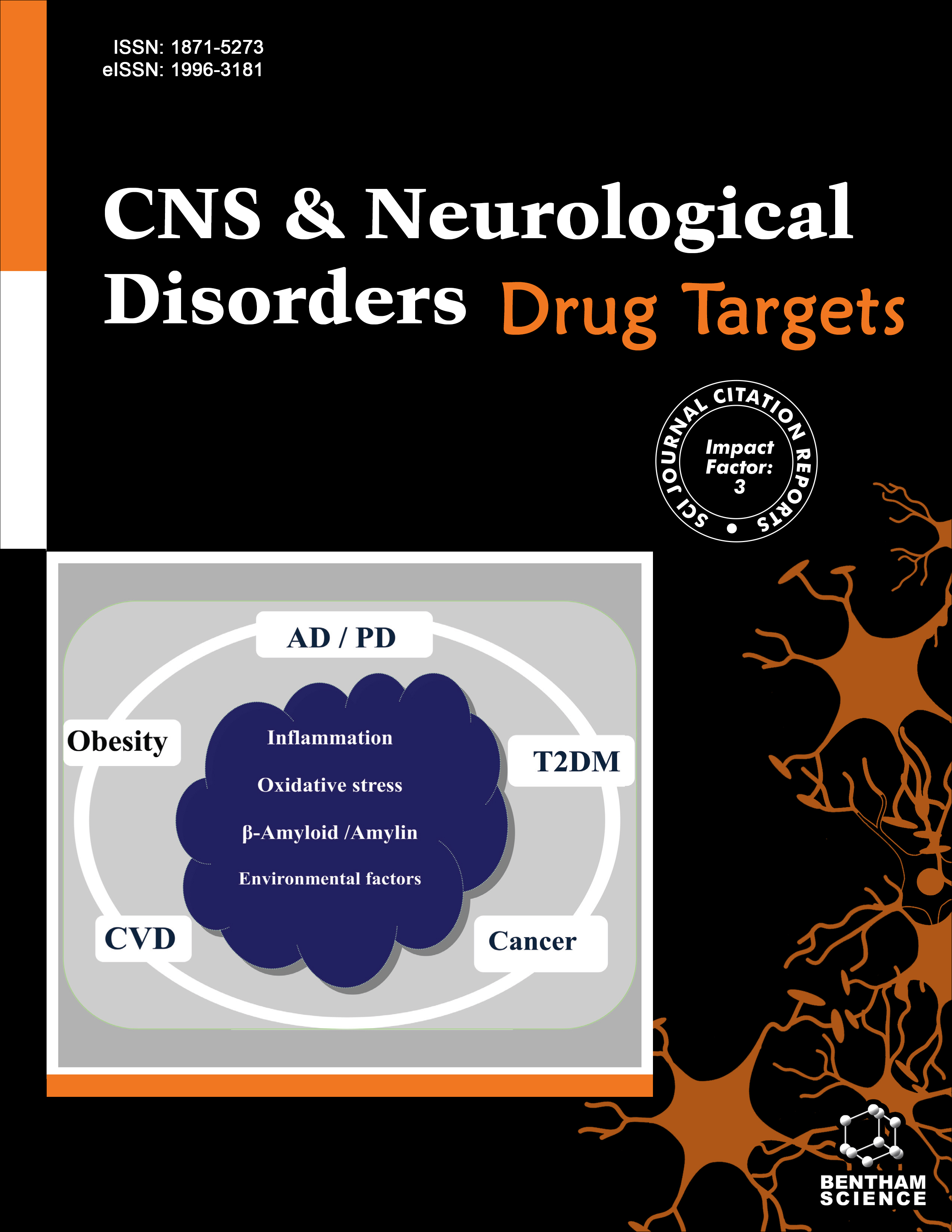
Full text loading...
Dr. Aloysius Alzheimer, a German neuropathologist and psychiatrist, recognized the primary instance of Alzheimer's disease (AD) for a millennium, and this ailment, along with its related dementias, remains a severe overall community issue related to health. Nearly fifty million individuals worldwide suffer from dementia, with Alzheimer's illness contributing to between 60 and 70% of the instances, estimated through the World Health Organization. In addition, 82 million individuals are anticipated to be affected by the global dementia epidemic by 2030 and 152 million by 2050. Furthermore, age, environmental circumstances, and inherited variables all increase the likelihood of acquiring neurodegenerative illnesses. Most recent pharmacological treatments are found in original hypotheses of disease, which include cholinergic (drugs that show affective cholinergic system availability) as well as amyloid-accumulation (a single drug is an antagonist receptor of N-methyl D-aspartate). In 2020, the FDA provided approval on anti-amyloid drugs. According to mounting scientific data, this gut microbiota affects healthy physiological homeostasis and has a role in the etiology of conditions that range between obesity and neurodegenerative disorders like Alzheimer's. The microbiota-gut-brain axis might facilitate interconnection among gut microbes as well as the central nervous system (CNS). Interaction among the microbiota-gut system as well as the brain occurs through the “two-way” microbiota-gut-brain axis. Along this axis, the stomach as well as the brain develop physiologically and take on their final forms. This contact is constant and is mediated by numerous microbiota-derived products. The gut microbiota, for instance, can act as non-genetic markers to set a threshold for maintaining homeostasis or getting ill. The scientific community has conducted research and found that bowel dysbiosis and gastrointestinal tract dysregulation frequently occur in Alzheimer's disease (AD) patients. In this review, the effects of the microbiota-gut-brain axis on AD pathogenesis will be discussed.

Article metrics loading...

Full text loading...
References


Data & Media loading...

